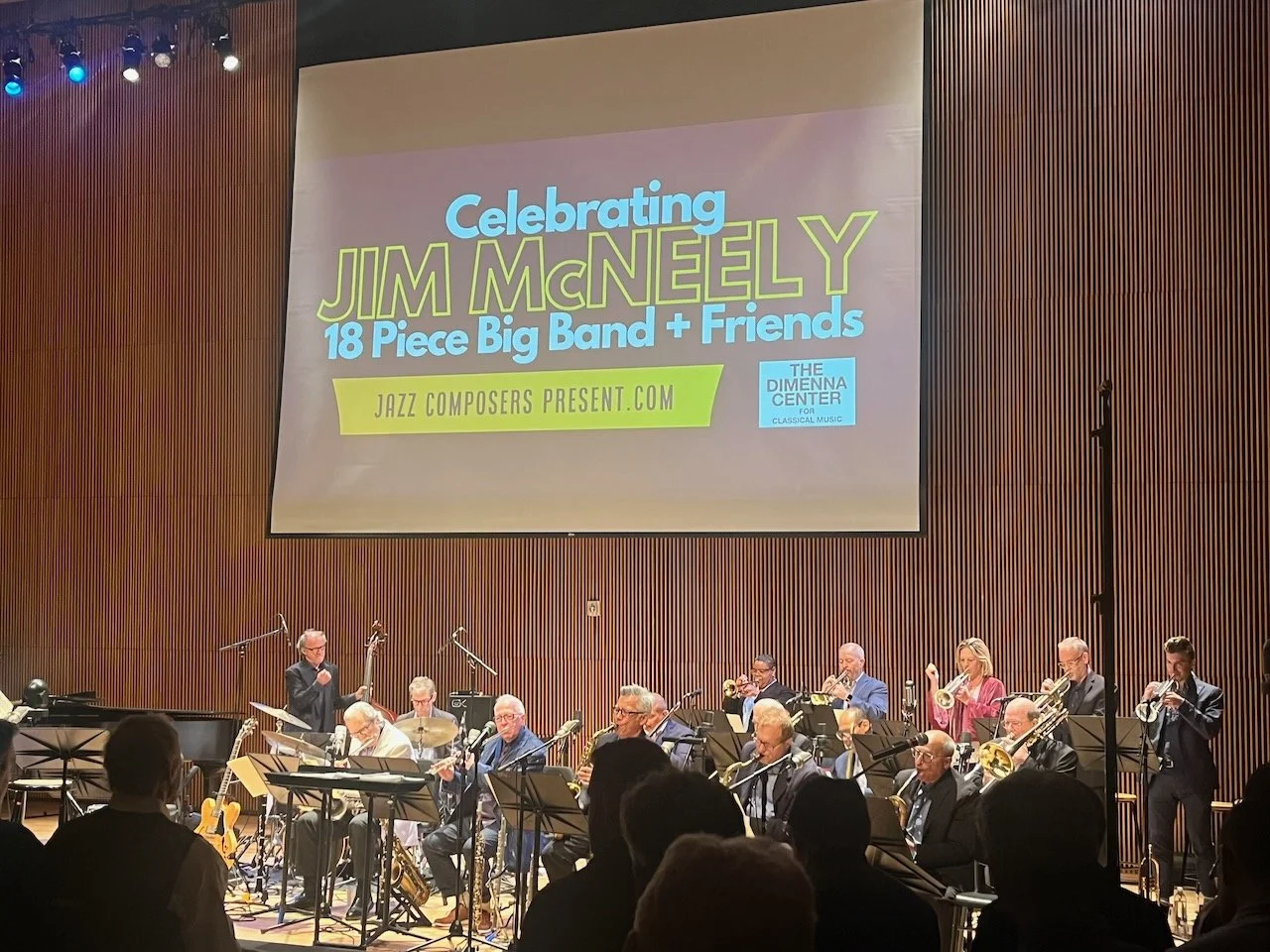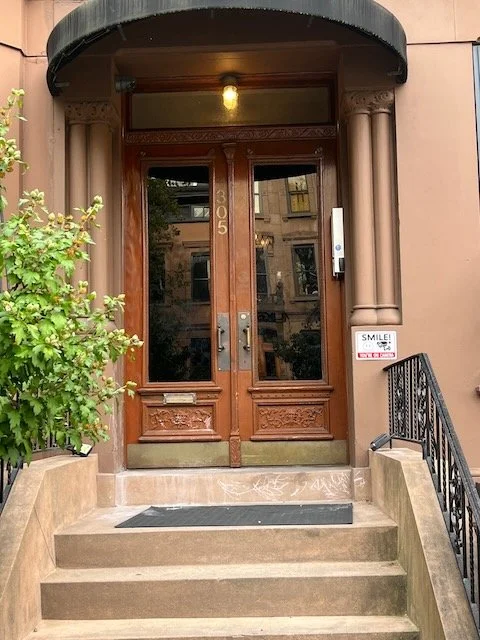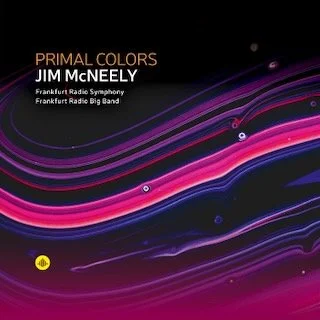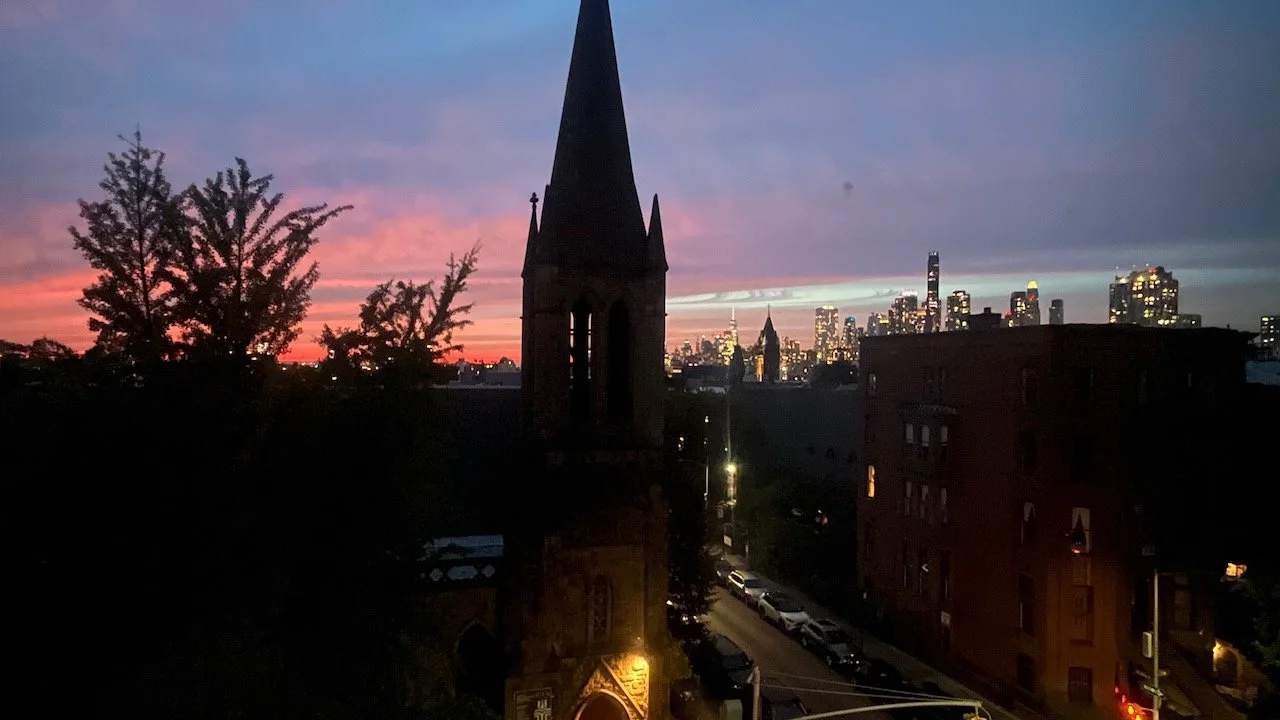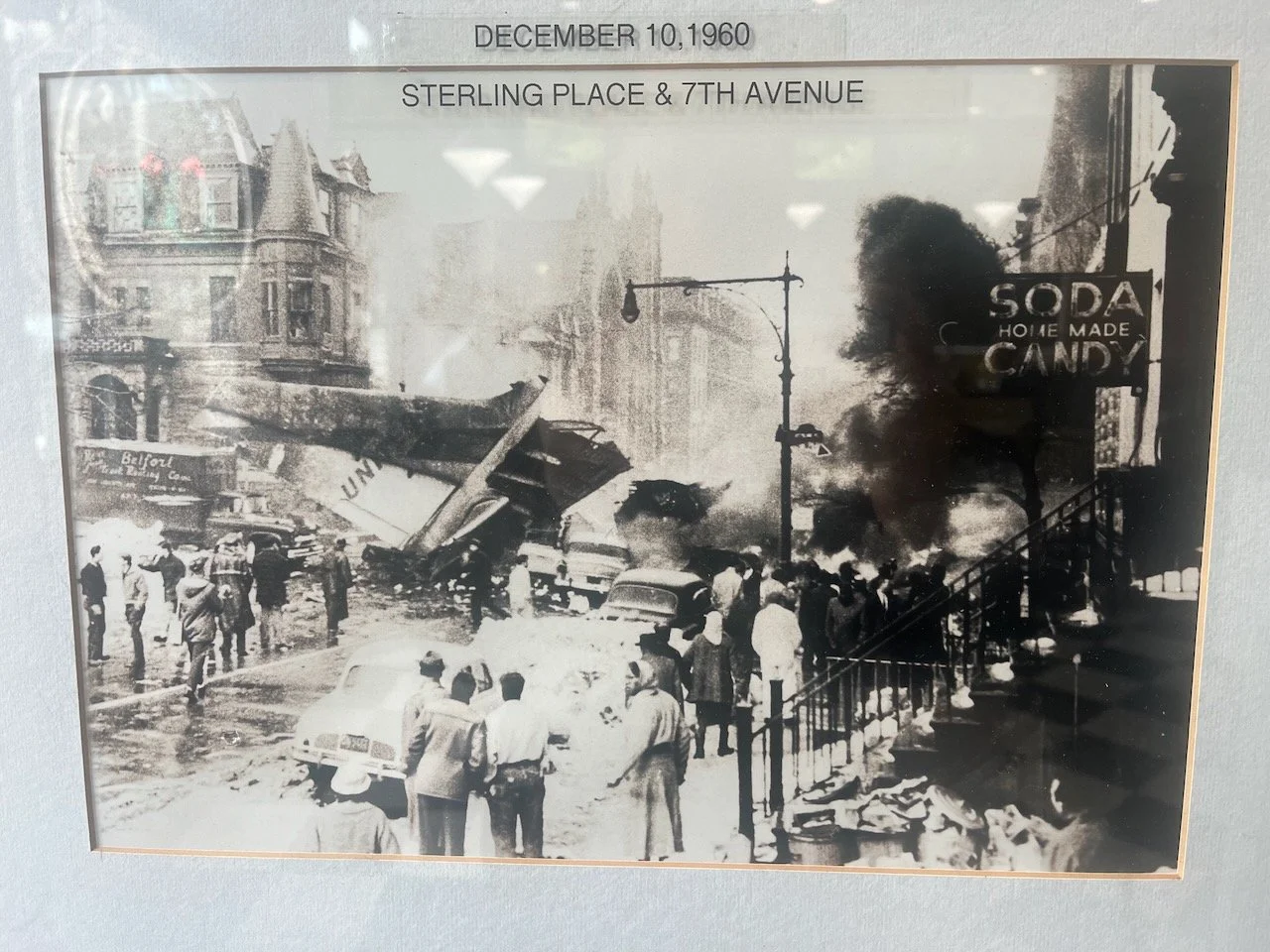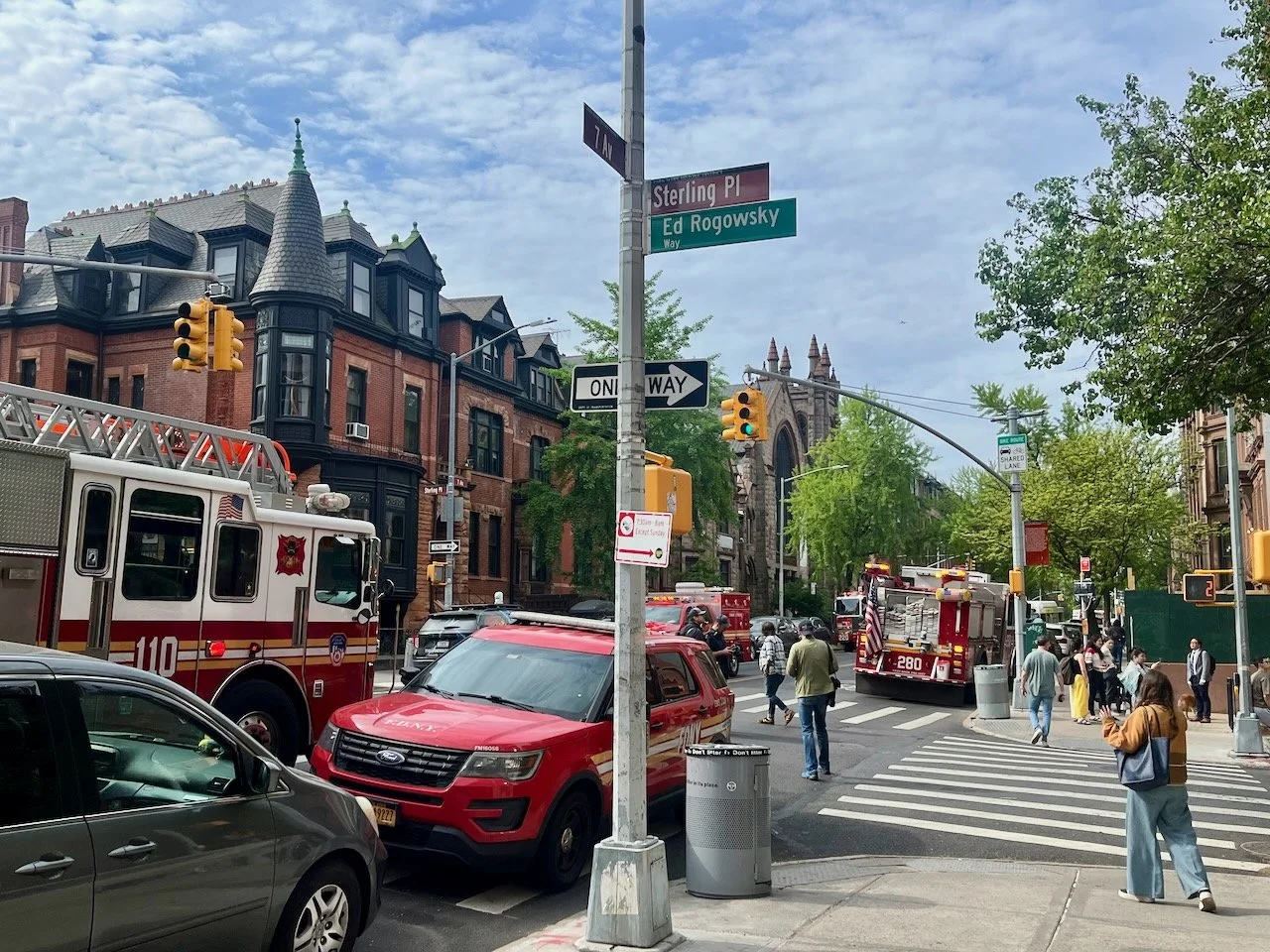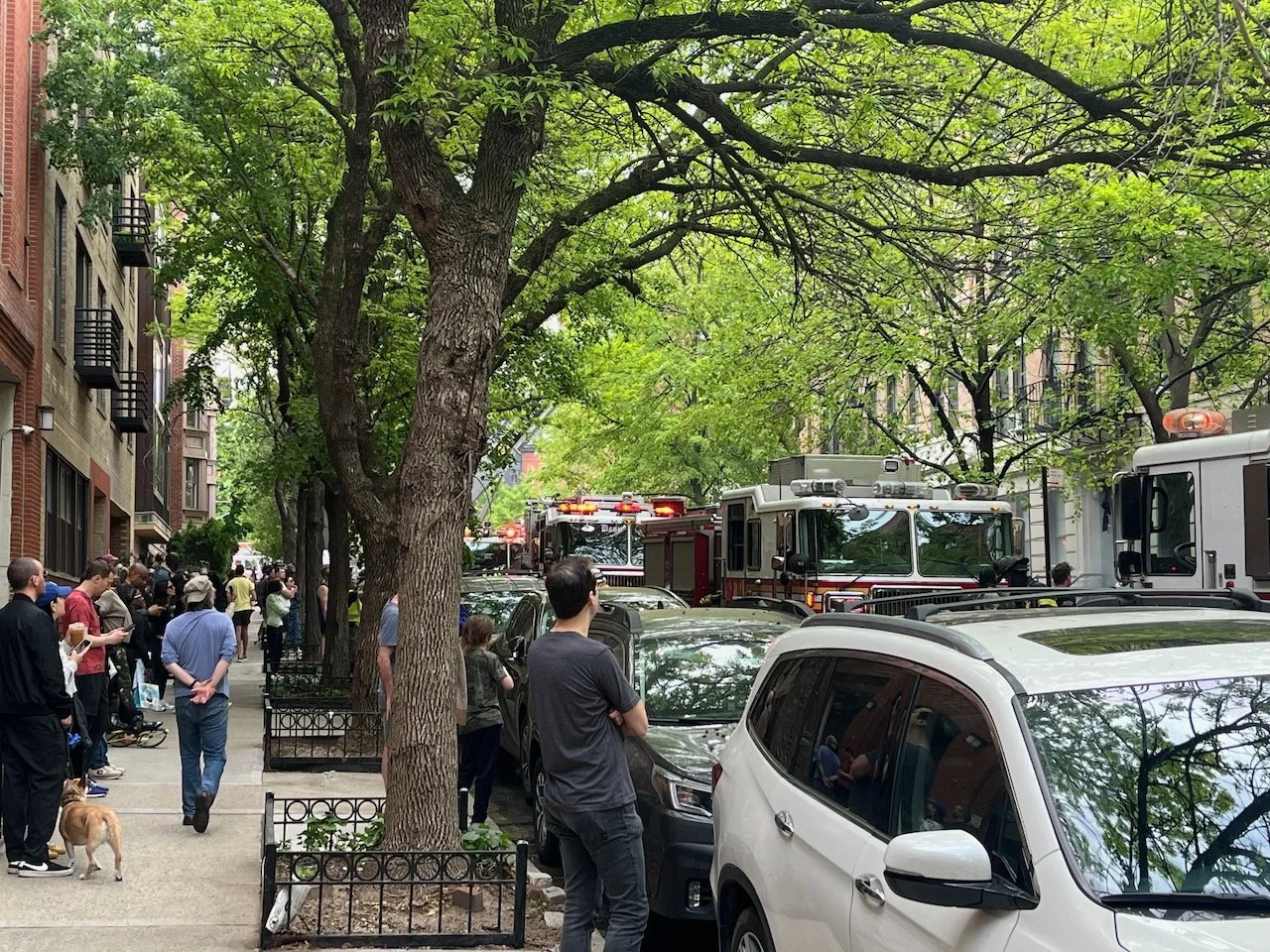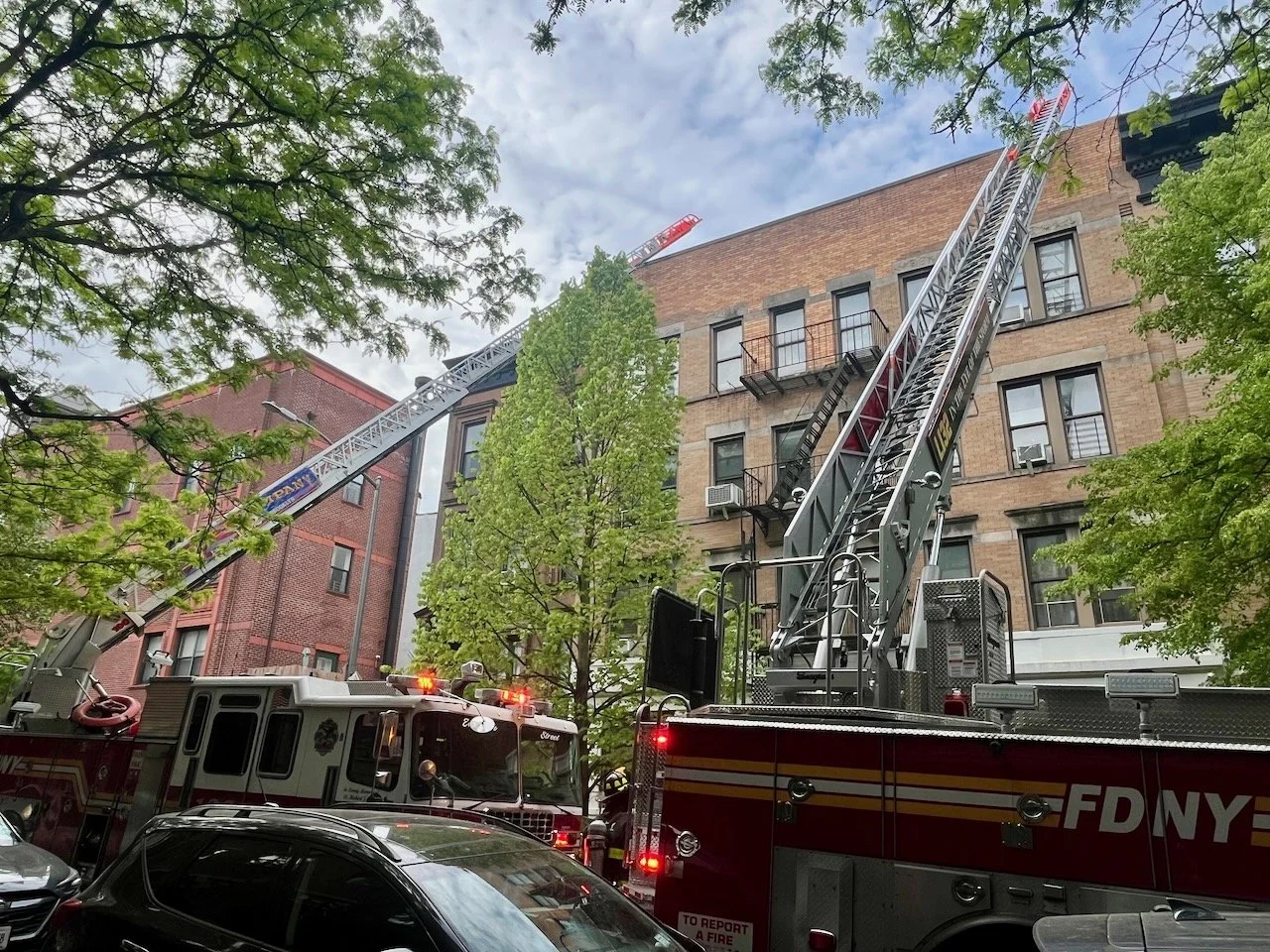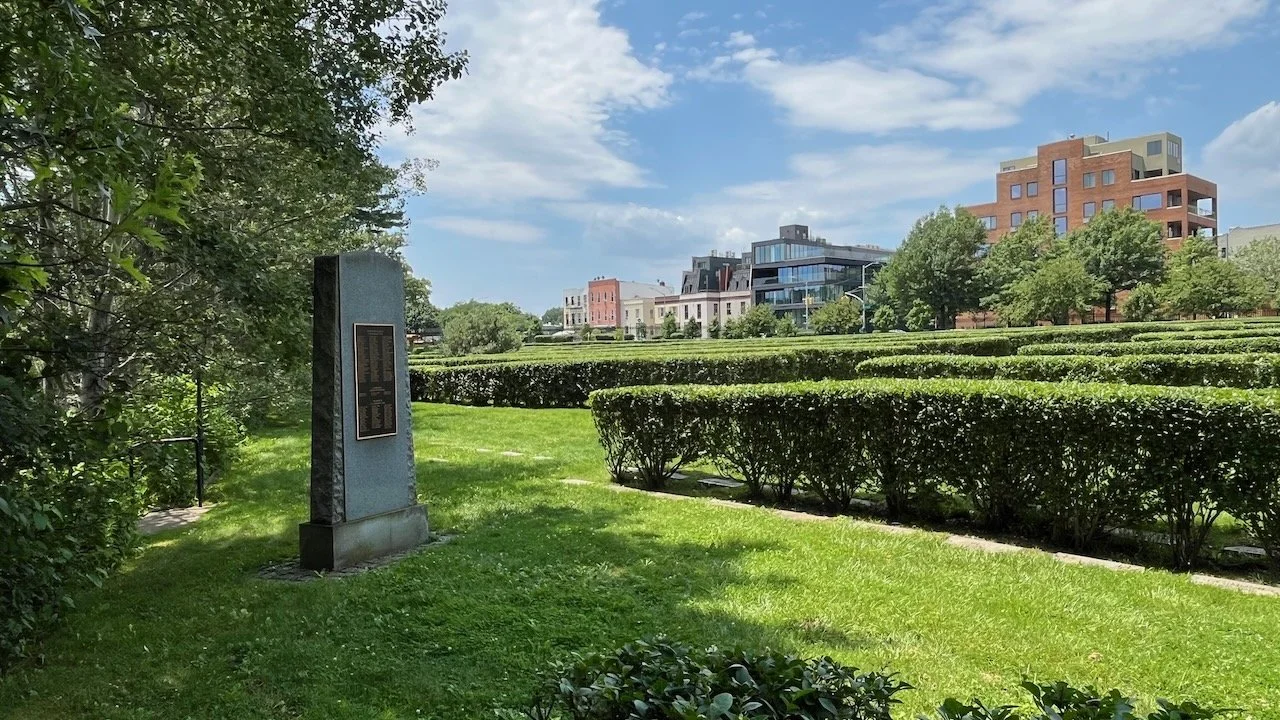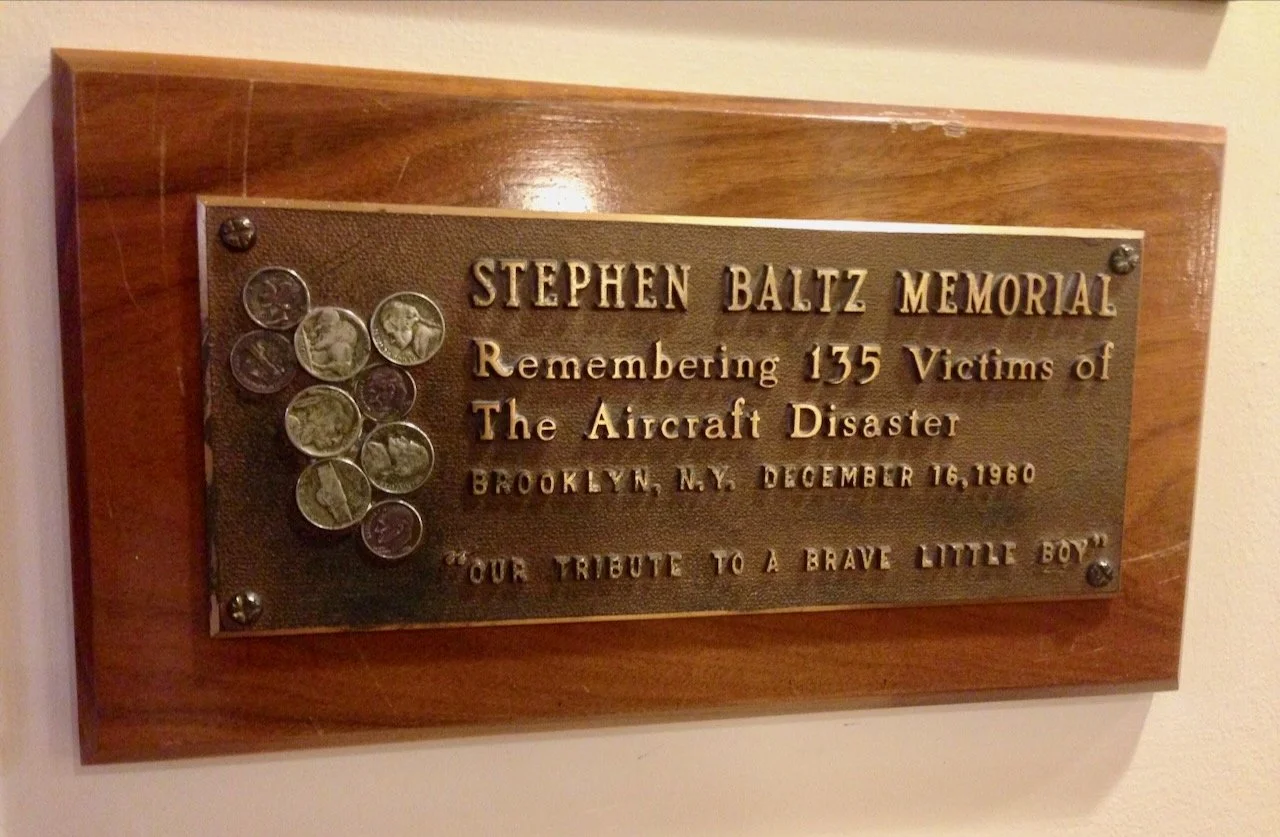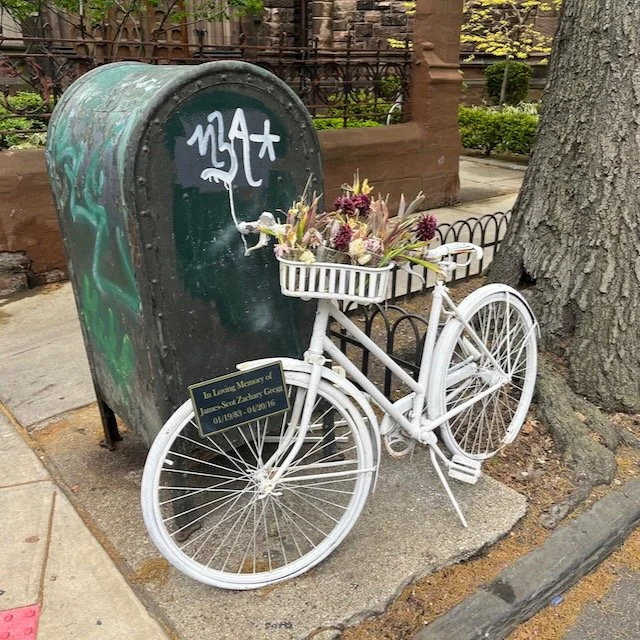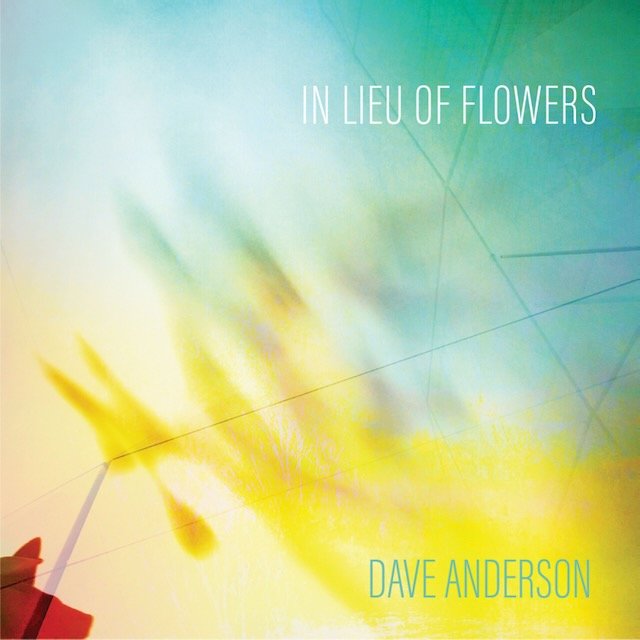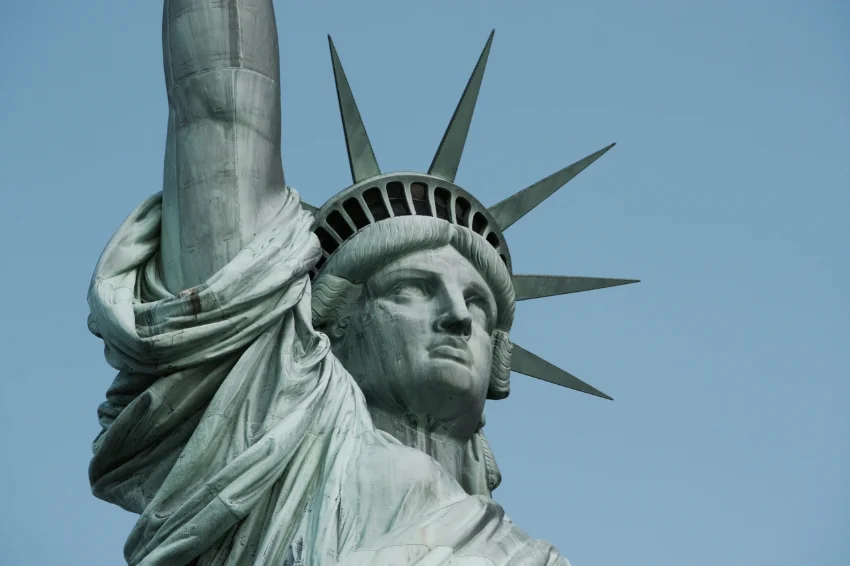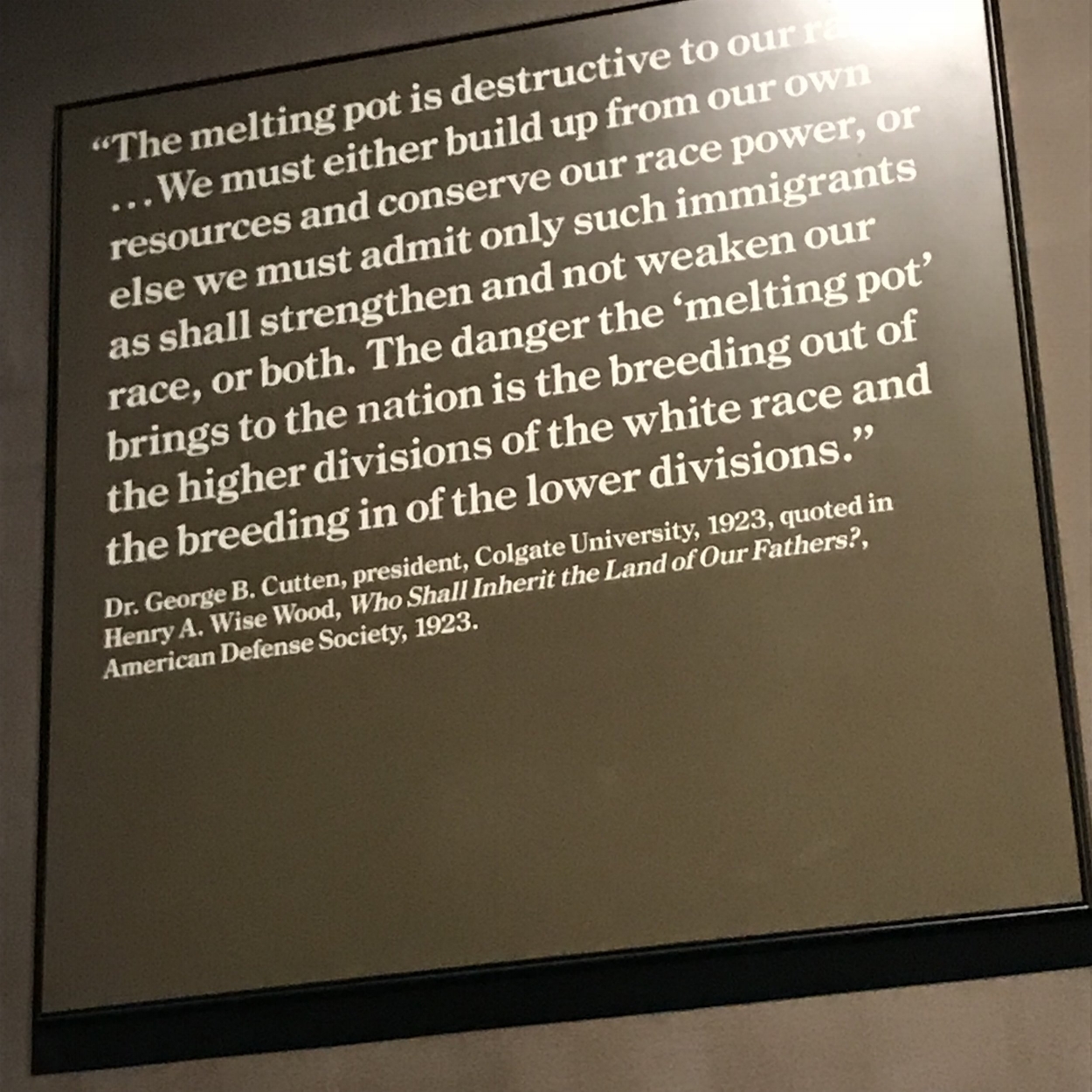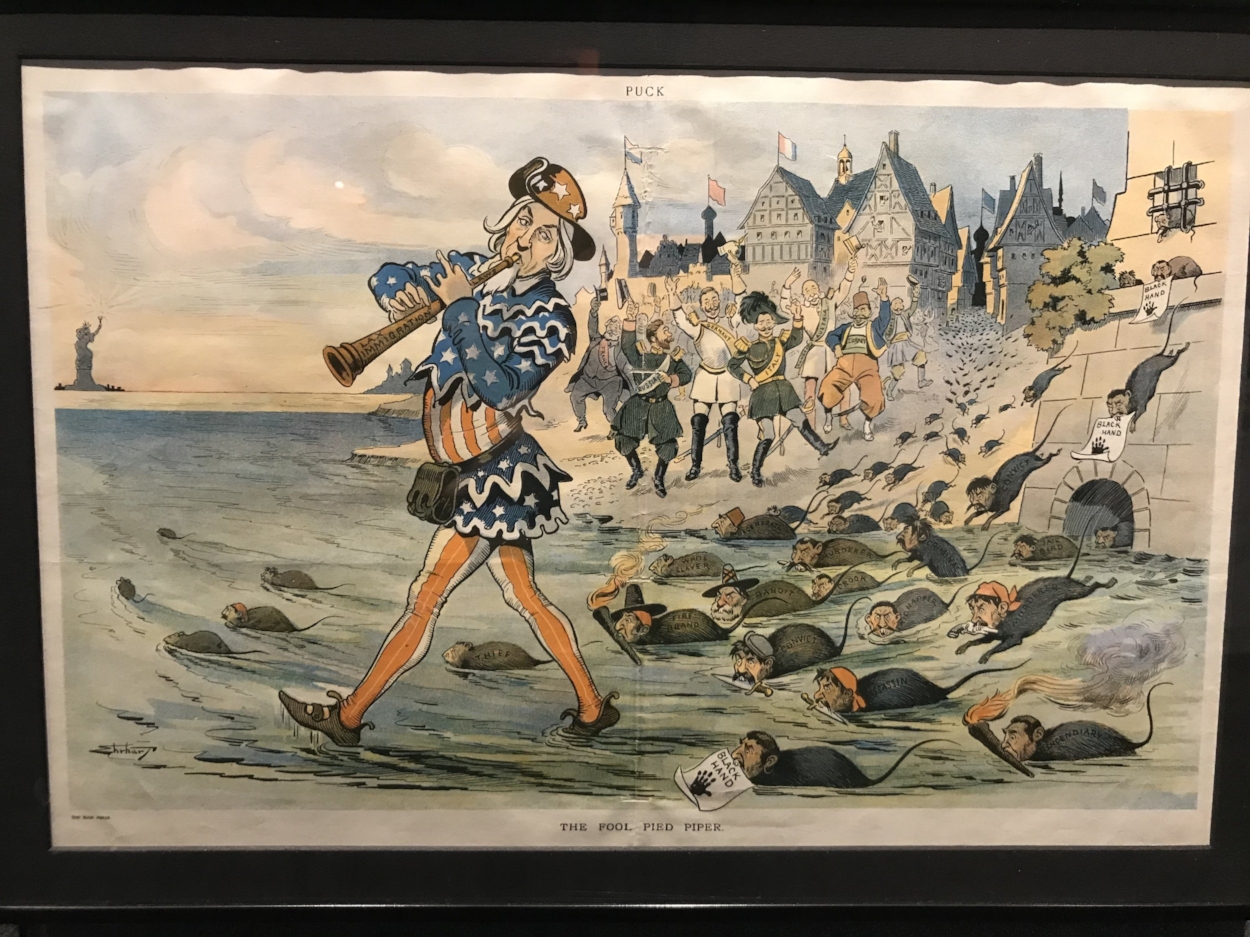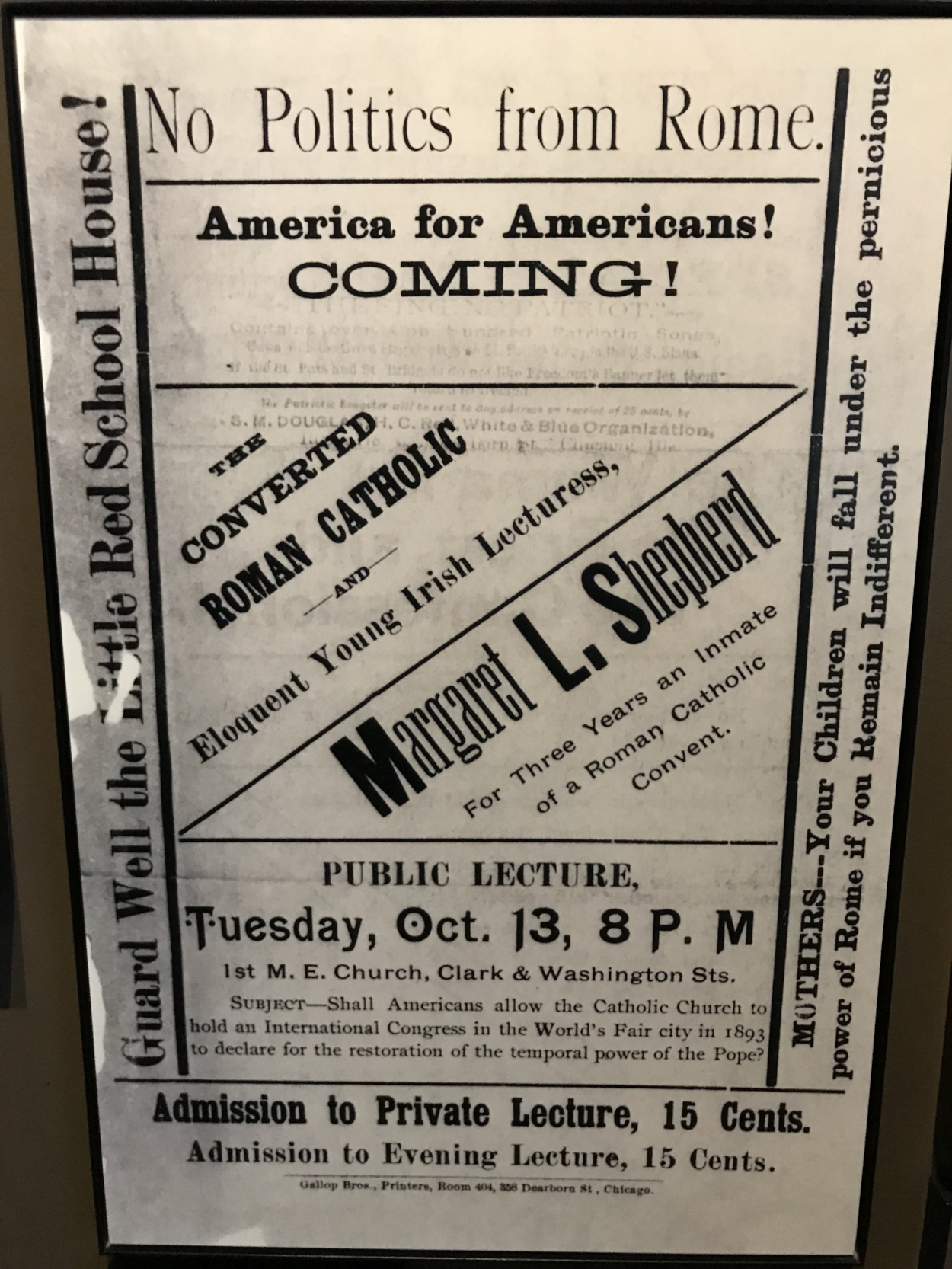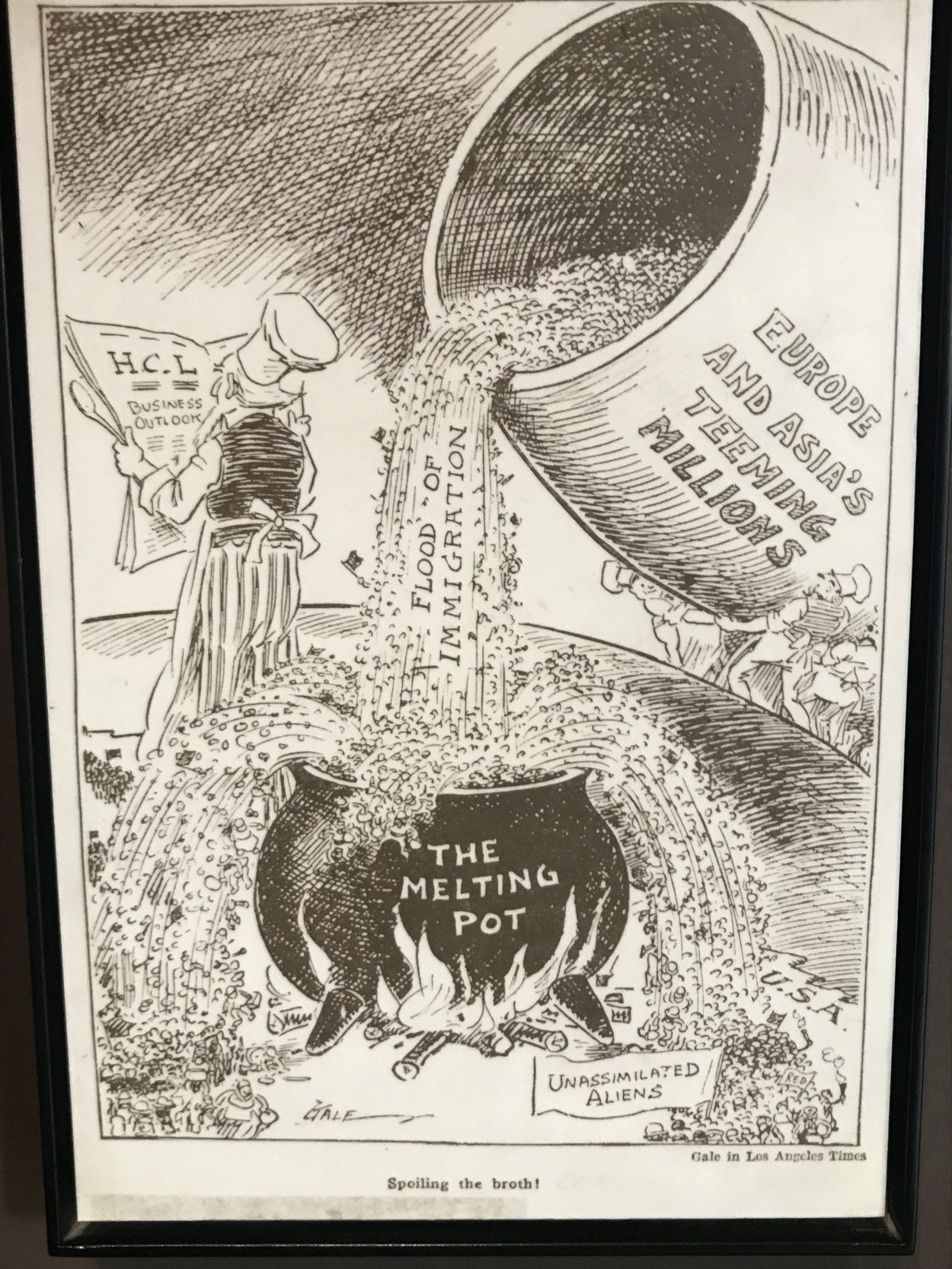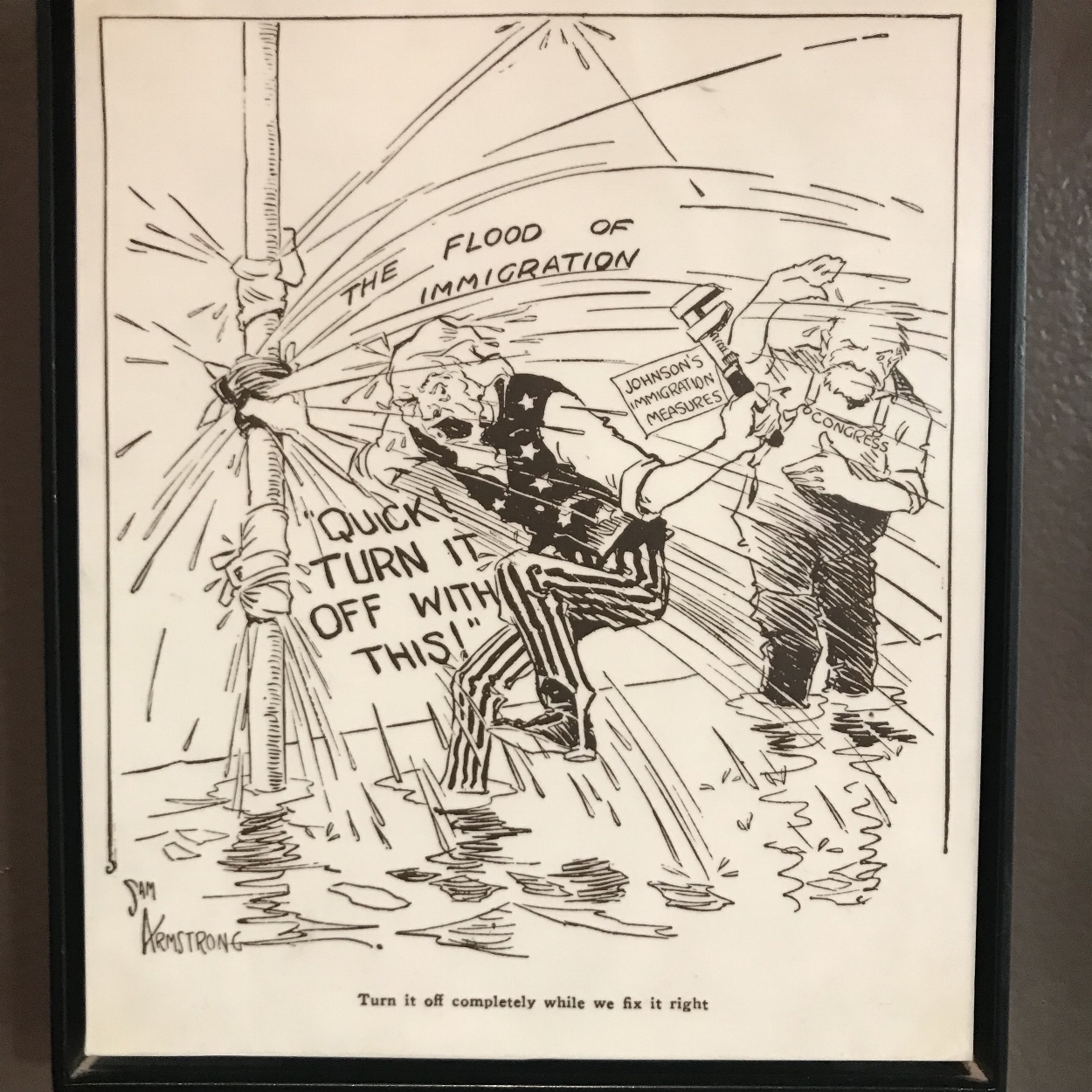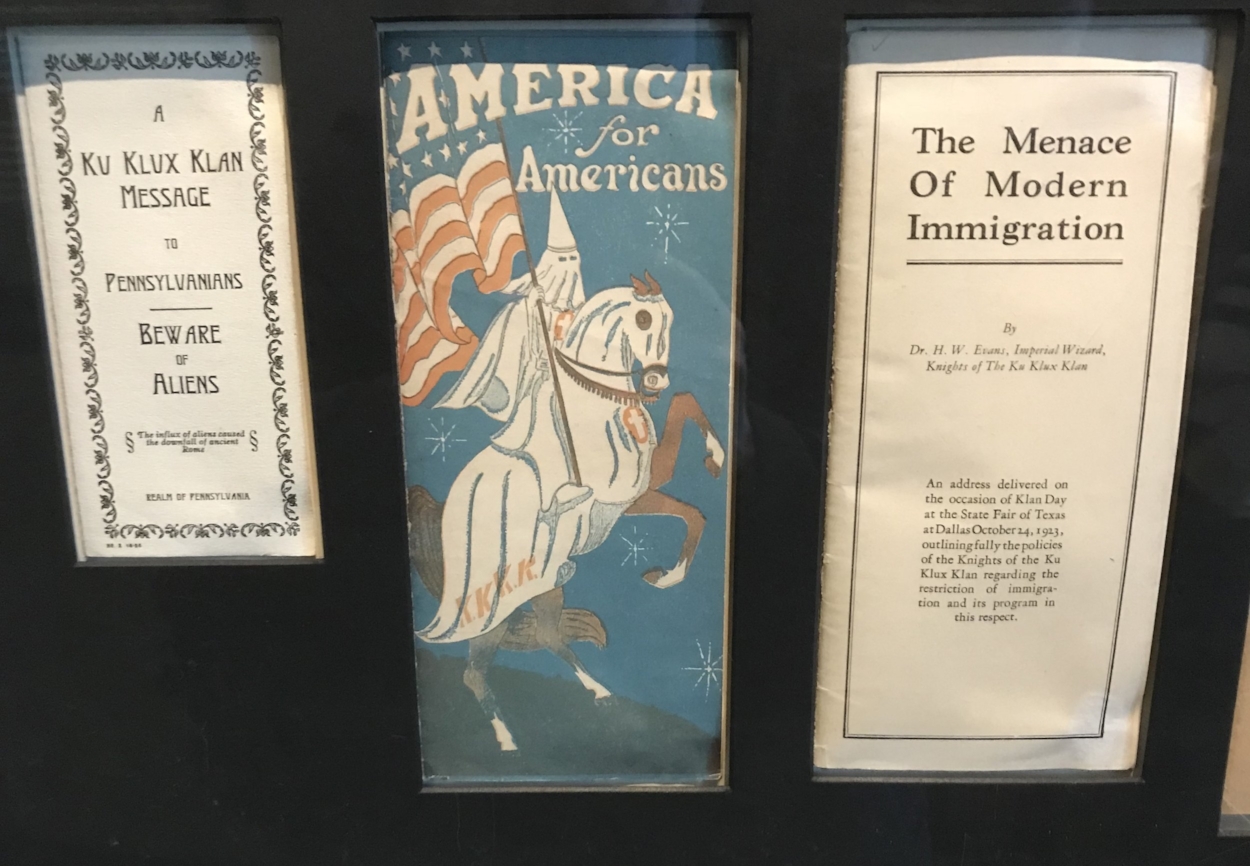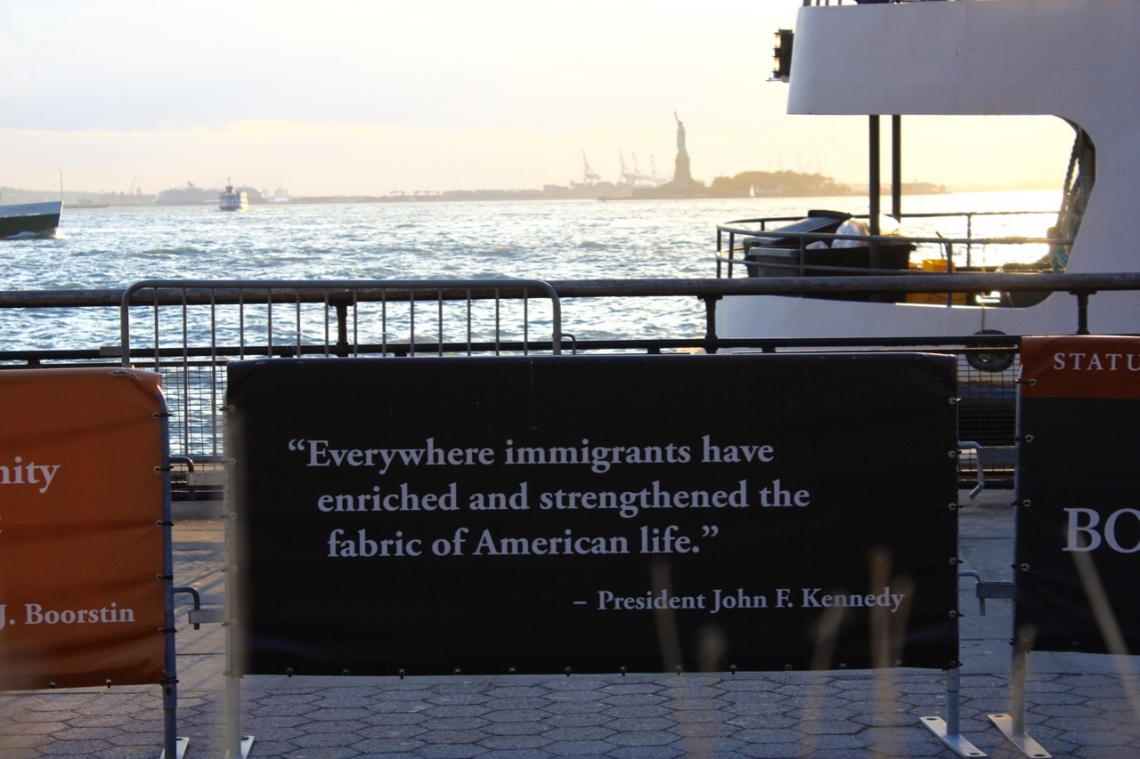From September 10, 2025 concert at NYC’s DiMenna Center.
It’s heartwarming to see the music community’s farewell to the great jazz composer and pianist Jim McNeely. I enjoyed a fantastic NYC tribute concert last month produced by several of his former students including Darcy James Argue. It felt like a real IYK,YK event with a great band, conductors, several amazing guest soloists including John Scofield and Chris Potter, and narration by the perennially cool Rufus Reid.
Jim passed away last weekend at age 70 of cancer. It was obvious how much time and energy he had invested into his colleagues and students as well as his brilliant work. Their reverence in presenting some of his favorite pieces, with him present, seems well-earned. I’m thankful for exposure to Jim McNeely, his music and the grateful music community he leaves behind.
I had the chance to interview Jim McNeely for KUMD radio as a college student before his performances with UMD Jazz Ensemble I at the Head of the Lakes Jazz Festival. I also enjoyed playing McNeeley’s music as lead alto saxophonist in the band.
My memories of the interview and performances:
He talked about the importance of developing in the Thad Jones/Mel Lewis jazz orchestra at the Village Vanguard
He said how much he was inspired by composer/arranger Bob Brookmeyer who came before him
He talked about his initial collaborations with radio big bands in Europe (which would become a mainstay of his prolific career)
We talked about the repertoire he brought to UMD, which was exciting, uncompromising, and to some of the students, challenging
He was gracious about how I had conducted the interview, and then I walked him to his next commitment
At the weekend performances, he played a solo piano version of Monk’s “Bye-ya” which blew me away
My fellow bandmates in the UMD jazz combo were surprised to see him walk out the tunnel to the stage to watch us perform a fairly out-there version of Wayne Shorter’s “Fall” with synthesizers and digital delay. (At a jazz camp I had once seen McNeely perform an even more out-there duo set on synthesizer with Adam Nussbaum on drums, where a baffled traditionalist was heard to crack, “Of all the performances I’ve ever heard, that was definitely one of them!”)
At the Festival we also witnessed some fish-out-of-water moments for a NYC jazz musician touring in a smaller city: McNeely’s fatigue after a long ride from the Minneapolis St. Paul airport, gallows humor about clinicing a middle school big band with way too many saxophonists, playing at an obligatory festival jam session where, to his dismay, multiple musicians (including yours truly at that time) were unprepared to play the standard “Invitation” from memory.
At that time McNeely lived in Brooklyn and would memorialize one of his addresses on 5th Avenue with a song and arrangement called “305.”
This week I listened to Jim McNeely’s final album, the remarkable Primal Colors with Frankfurt Radio Symphony/Frankfurt Radio Big Band, with song titles like “Fuscia”, “Ochre” and “Blue” as a spectacular sunset cycled through similar colors outside my own Park Slope window.
